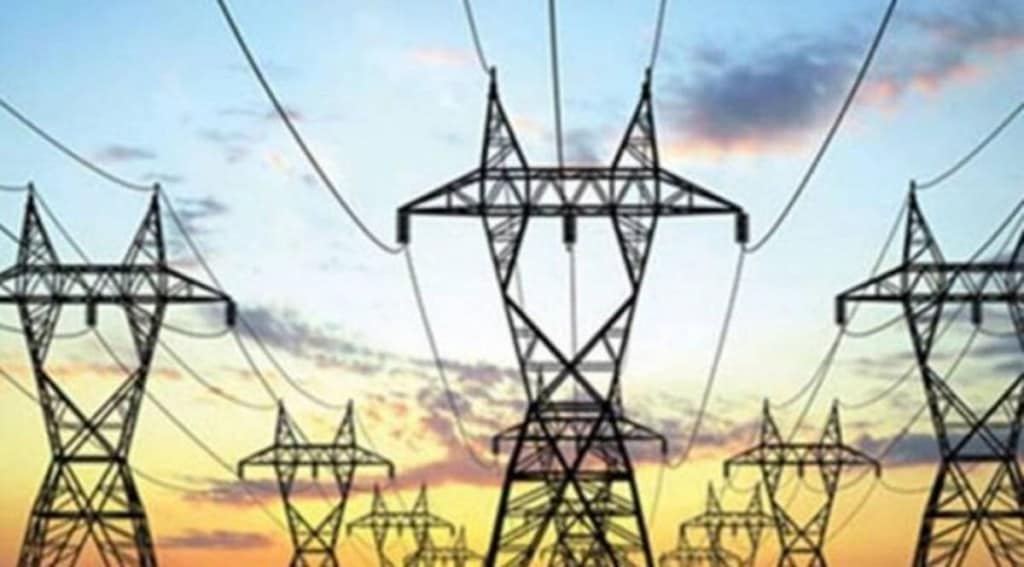Union power minister RK Singh told state power generation companies (gencos) on Tuesday to alter their fuel mix by using up to 10% imported coal to boost their output, as the country’s power shortage crossed 105 million units (MUs) on April 12, compared with the recent peak of 82 MUs on October 12, 2021. Separately, the power ministry allowed the gencos run by state governments to use tolling facility for up to 25% linkage coal, a move which would enable them to optimally utilise their fuel quotas in the plants nearer to the mines and boost their electricity output. The extra power produced thanks to the facility could be used by the gencos to supply to the states facing power deficits at negotiated tariffs.
Out of 173 pit head/non pit-head power plants in the country, 77 were operating with coal stocks of less than 7 days on April 12. This means their fuel stocks are barely 25% of the normative requirement.
The Cenre had earlier directed power companies owned by it namely NTPC and DVC to import coal for blending. This was despite a hige increase in global coal prices. Against $50-60 per tonne a year ago, imported coal now costs up to $200/tonne to many thermal stations, with landed cost at ports above $170 per tonne. “Around 9 million tonne of coal will be imported by June by our utilities, without disrupting transportation of domestic coal,” Union power secretary Alok Kumar told FE recently.
The Centre has also asked power plants located within 500 kms of coal sources to generate as much as they can, as the supply of coal to these plants take less number of train days. If the states with which these units have supply pacts can’t lift the entire electricity produced by them, the units could even sell power on the power exchanges.
Singh on Monday took review of the operations of imported coal-based plants and directed all the procurer states to ensure that all these units are operational at fair and reasonable tariffs. “It was decided to resolve all the operational issues in (imported coal based) plants and make them fully functional,” the power ministry said in a statement.
At present, several states are facing acute power shortage due to coal supply constraints and are having planned outages for several hours. The power shortage touched a high of 26.13 MUs in Andhra Pradesh on April 12, while the deficits were 17.61 MUs in Madhya Pradesh, 15.39 MUs in Maharashtra, 6.38 BUs in Punjab and 6.51 MUs in Haryana.
On October 12, 2021, too, the government asked all firms using local coal to blend 10% of imported coal to their overall requirement.
Use of expensive imported coal would jack up cost of power and tariffs to consumers. The Russia-Ukraine crisis has fuelled the price increases in recent weeks. Higher freight and shipping cost have added to the supply chain constraints. India imports coal mostly Indonesian and Australia.
B Sridhar, energy secretary of Andhra Pradesh, told FE that the higher cost of power can be recovered through true-up over the next six months. State power regulators will likely pass (new tariff) orders,” he said.
Spot power prices on the Indian Energy Exchange rose to a high of Rs 18 per unit before the exchange last week capped the price at Rs 12/unit to prevent independent power producers to make windfall gains from the crisis.
The average clearing price of IEX on Wednesday was Rs 9.35 per unit, while the maximum clearing price was Rs 12 per unit.

